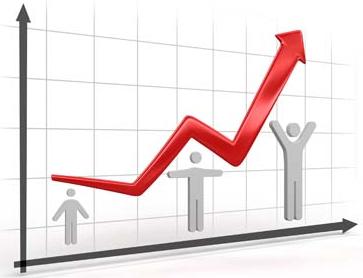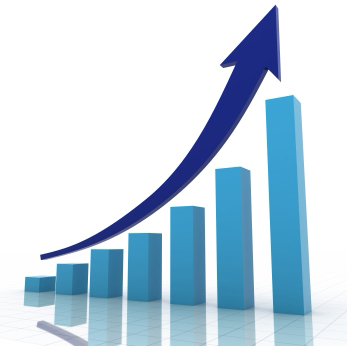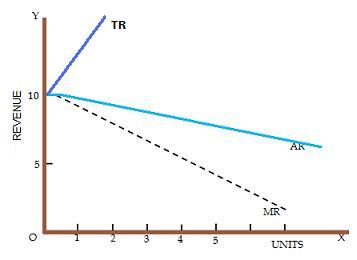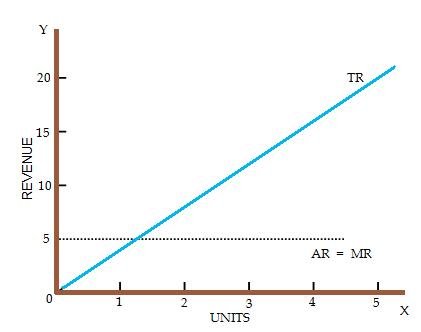Anticipation of higher profits leads to an inducement to invest as well as to innovate. As the entrepreneur begins to forecast more profits he undertakes more investment which in turn creates more employment. This will generate more incomes which in turn, will create more demand for a variety of goods in the market. The prices of these goods will rise at a rate which is related to supply. Higher prices may lead to more profits and greater inducement to invest. The Keynesian Investment Multiplier will begin to operate and the economy will march towards prosperity especially by creating bullishness in the stock markets.… Read the rest
Economics Principles
Profit Management And Control
Profit is the reward which goes to organization as a factor of production for its participation in the process of production. Profit in its pure accounting sense is the surplus of revenue over the cost.
Thus, P = TR – TC
We have also studied that every business enterprise desires to maximize its profit. The condition for profit maximization is the level of output where Marginal Revenue = Marginal Cost. We also differentiate between normal profit and super normal profit i.e. normal profit is included in average cost whereas any profit above the average cost is super normal profit. We have also considered the concepts of gross profit and net profit besides profit in accounting sense, which considers only explicit cost whereas in economic sense to consider profit we take note of both explicit and implicit costs.… Read the rest
Revenue Structure of a Firm under Monopoly
Monopoly is that market category in which a single seller dominates the market. There is only one producer (firm) and there are no substitutes for its product. Since under monopoly there is just one firm producing a particular product there is no element of competition. Besides in the absence of any other firm producing homogeneous product the firm itself constitutes the industry. Hence it is futile to make any effort to distinguish between a firm and an industry under monopoly. Under Monopoly, firm is itself an industry.
The revenue structure under monopoly is bound to be different from that in case of a firm under perfect competition. … Read the rest
Revenue Structure of a Firm under Perfect Competition
One of the distinguishing characteristics of perfect competition is the presence of an infinite number of firms producing homogeneous product. The number of firms is so large that a single firm’s contribution to the total output of the product in the market is insignificant or microscopic. The firm under perfect competition can neither influence the price nor the output in the market. In fact, it has to take the going-market price, i.e. the price prevailing in the market as is determined by the forces of demand and supply. It is in this context that the firm under perfect competition is referred to as price-taker and not a price maker. … Read the rest
Pricing under Different Market Structures
Price-fixation is an important managerial function in all business enterprises. If the price set is quite high, the seller may not find enough number of consumers to buy his product. If the price fixed is too low, the seller may not be able to cover his cost. Thus, fixing appropriate price is a major decision-taking function of any enterprise. Price-decisions, no doubt, need to be reviewed from time to time.
Market Structures and Pricing DecisionsA firm operates in a market and not in isolation. Under Perfect Competition price is determined by the forces of demand and supply. The point of intersection between demand and supply curves is the point of equilibrium which determines the equilibrium price.… Read the rest
Concept of Economies and Diseconomies of Scale in Managerial Economics
In the process of production a firm enjoys several advantages or experience several disadvantages which are either the result of the scale of operation or due to the location of the firm. The advantages and disadvantages thus experienced are reflected in the cost of production. The average cost of production is favorably affected when a firm starts enjoying economies, whereas the average cost begins to rise when the firms experience diseconomies.
Those advantages or disadvantages that accrue to a firm from within, as a result of its scale of operation are summarily referred to as Internal economies and diseconomies, whereas those advantages or disadvantages which come to the firm from outside and are experienced by the industry as a whole mainly due to localization are referred to as External economies and diseconomies respectively.… Read the rest




